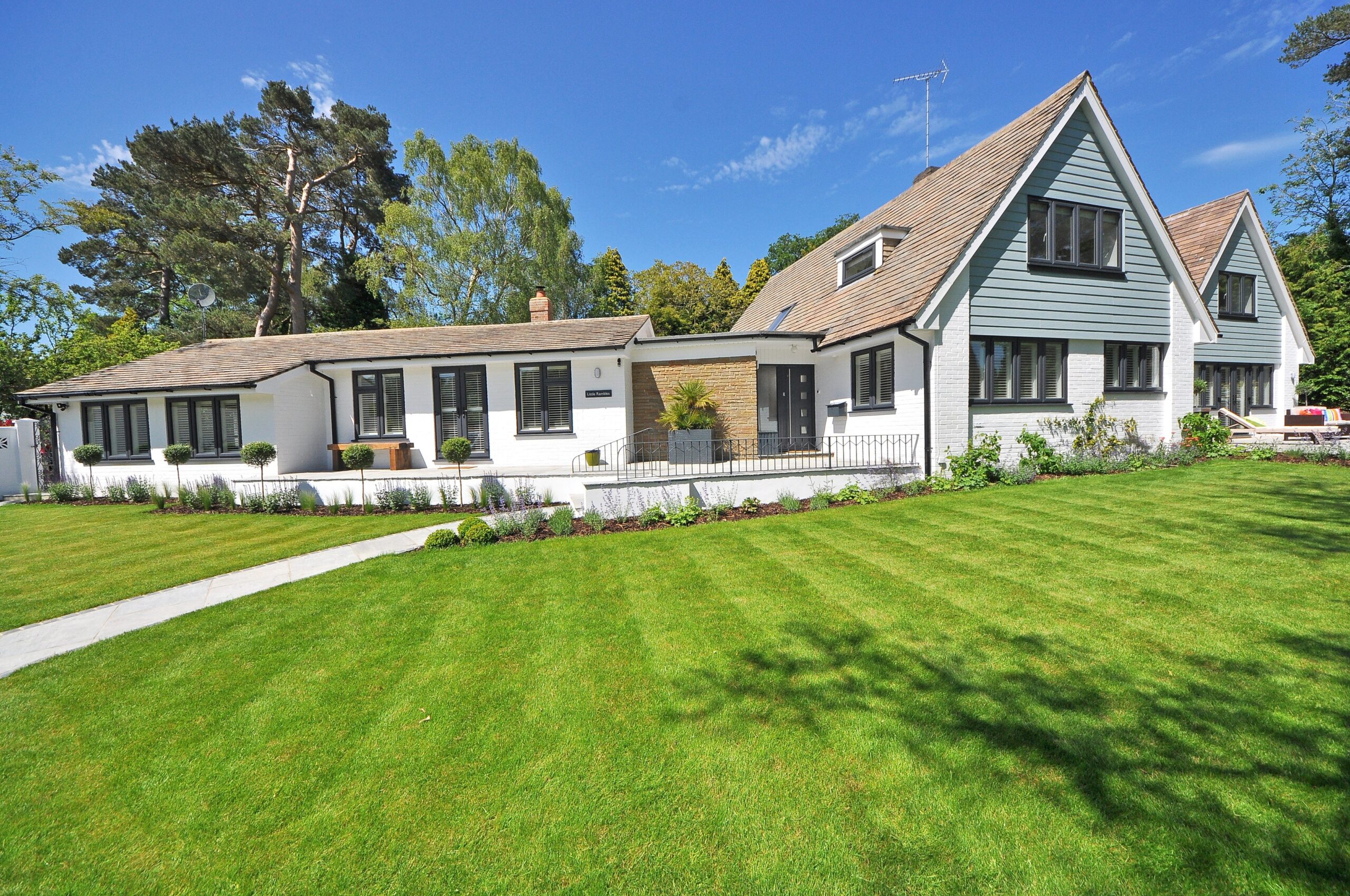Landscaping is the art of arranging and modifying the physical features of a land area for aesthetic or practical purposes. Whether you have a small garden, a sprawling estate, or a commercial property, landscaping can help to improve the look and functionality of your outdoor space. With the right design and execution, landscaping can transform a dull and unappealing landscape into a beautiful and functional outdoor environment that adds value to your property and enhances your quality of life.
Why Landscaping is Important
Landscaping has many benefits, both aesthetically and practically. Aesthetically, landscaping can improve the appearance of your property, making it more attractive and enjoyable to look at. This can increase your pride in your home or business, and increase your property’s curb appeal, making it more valuable.
Practically, landscaping can also improve the functionality of your outdoor space. For example, you can install paths, patios, and retaining walls to create usable outdoor areas that are perfect for entertaining guests, relaxing, or enjoying the beauty of nature. You can also incorporate features such as water features, lighting, and shade structures to create a more comfortable and inviting outdoor environment.
Landscaping can also have environmental benefits. By planting trees and shrubs, you can help to improve air quality and reduce the amount of carbon dioxide in the atmosphere. Additionally, landscaping can help to reduce water runoff and prevent soil erosion, protecting the environment and preserving the natural beauty of the area.
Landscaping Design Principles
The key to successful landscaping is having a well-designed plan. When designing your landscape, there are several design principles that you should consider to ensure that your outdoor space is functional, aesthetically pleasing, and sustainable.
- Unity: The overall design of your landscape should be cohesive, with all elements working together to create a harmonious and aesthetically pleasing environment.
- Balance: Your landscape should have visual balance, with elements of equal visual weight on either side of your outdoor space. This creates a sense of stability and symmetry.
- Proportion: The size and scale of your landscape elements should be proportional to each other and to the overall space.
- Contrast: Your landscape should have contrasting elements, such as different textures, colors, and shapes, to create interest and visual excitement.
- Repetition: Repeating elements in your landscape, such as similar plants or design features, can create a sense of unity and flow.
- Functionality: Your landscape should be functional, with elements such as paths, patios, and retaining walls designed to meet your specific needs and preferences.
- Sustainability: Your landscape should be designed with sustainability in mind, incorporating features such as drought-tolerant plants, rain gardens, and permeable paving to reduce water usage and protect the environment.
Landscaping Design Elements
There are many different elements that you can incorporate into your landscape design to enhance its beauty and functionality. Some of the most common elements include:
- Plants: Plants are the foundation of any landscape, providing color, texture, and structure to your outdoor space. When selecting plants, consider the amount of sun and shade that each area receives, as well as the soil type and water requirements.
- Hardscaping: Hardscaping refers to the non-living elements in your landscape, such as patios, paths, retaining walls, and water features. Hardscaping can provide structure, define outdoor spaces, and improve the functionality of your landscape.
FAQ Section :
Landscaping is the art and science of modifying the physical features of a land area for aesthetic or practical purposes, such as creating outdoor living spaces, improving the look of a property, and protecting the environment.
Landscaping can improve the appearance of a property, increase its value, provide outdoor living spaces, and enhance the environment. Landscaping can also help to reduce water runoff, prevent soil erosion, and improve air quality.
When planning your landscaping project, you should consider your budget, the size of your outdoor space, the type of plants and hardscaping elements you want to include, the amount of sun and shade that each area receives, and your personal style and preferences.
Landscaping refers to the overall design and modification of a land area, while hardscaping refers specifically to the non-living elements of a landscape, such as patios, paths, retaining walls, and water features.
The cost of landscaping can vary greatly depending on the size of the project, the materials used, and the complexity of the design. On average, landscaping can cost anywhere from a few hundred to several thousand dollars.
The length of a landscaping project can vary depending on the size of the project and the complexity of the design. On average, a small landscaping project can take several days to complete, while a larger project can take several weeks or even months.
Yes, you can do your own landscaping, but it is recommended that you have some knowledge of landscape design and the specific tools and materials needed for the project. If you are unsure about your abilities, it may be best to consult with a professional landscaper.
When hiring a landscaper, look for someone who has experience in landscaping, a portfolio of completed projects, and positive customer reviews. You should also look for a landscaper who is licensed and insured, and who offers a warranty or guarantee for their work.
The frequency of landscaping maintenance will depend on the size and complexity of your landscape, as well as the type of plants and hardscaping elements you have included. On average, landscaping should be maintained at least once per season, or as needed to keep it looking its best.
To make your landscaping more sustainable, consider incorporating drought-tolerant plants, rain gardens, permeable paving, and other environmentally-friendly elements into your design. You should also consider using native plants, which are better adapted to your local climate and require less maintenance .
Overview of Making Landscaping
landscaping the front of your house can greatly enhance the overall appearance and value of your property. It can provide you with an attractive and functional outdoor living space, while also helping to protect the environment.
When planning your landscaping project, consider your budget, the size of your outdoor space, the type of plants and hardscaping elements you want to include, the amount of sun and shade that each area receives, and your personal style and preferences.
Whether you choose to do the work yourself or hire a professional, the key to a successful landscaping project is careful planning and attention to detail. With the right design and maintenance, your front yard landscaping can provide you with years of enjoyment and aesthetic appeal.





